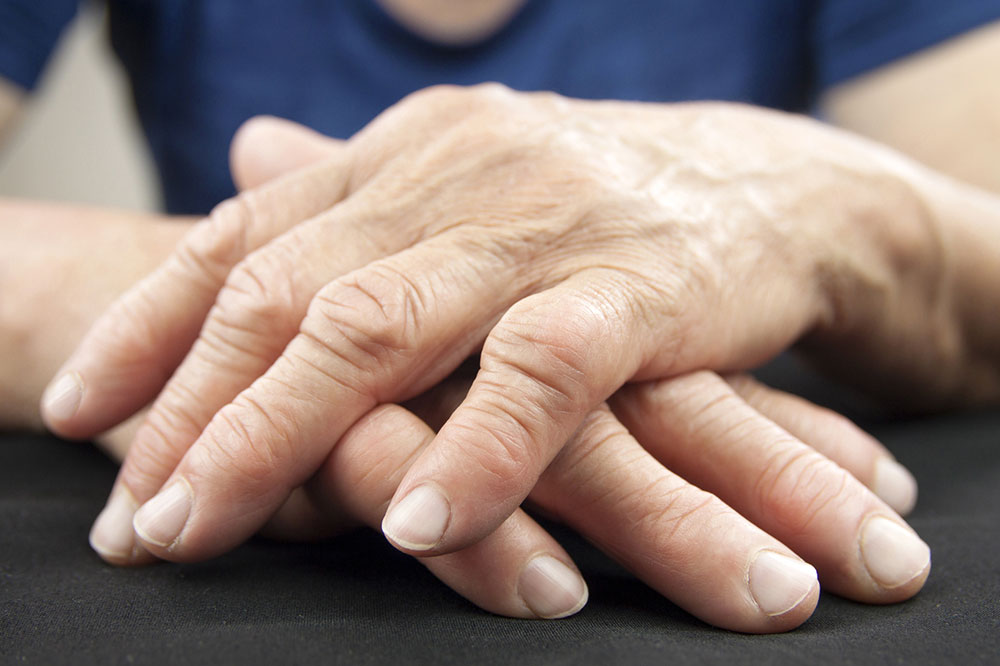Comprehensive Guide to Arthritis: Causes, Symptoms, and Effective Management Strategies
This comprehensive guide offers an in-depth look into arthritis, exploring its causes, symptoms, diagnostic methods, and treatment options. Understanding the various forms, like osteoarthritis and rheumatoid arthritis, along with early detection strategies, can help individuals manage the condition effectively. The article emphasizes the importance of medical diagnosis, lifestyle changes, and advanced therapies to enhance quality of life. Whether you or a loved one is affected by joint inflammation, this detailed resource provides valuable insights into controlling symptoms and preventing disease progression for better health outcomes.

Comprehensive Guide to Arthritis: Causes, Symptoms, and Effective Management Strategies
Arthritis is a widespread condition that involves inflammation and deterioration of the joints, the essential connecting points between bones that enable smooth and pain-free movement. When these joints become inflamed, it can significantly impair mobility and quality of life, making everyday activities challenging. The hallmark of this condition is joint pain, medically known as arthralgia, which often accompanies other symptoms such as stiffness, swelling, and redness. Arthritis can affect a single joint, which is referred to as monoarthritis; two or three joints, known as oligoarthritis; or multiple joints, called polyarthritis. This variability makes arthritis a complex and diverse condition requiring tailored approaches to diagnosis and management.
Understanding the Types of Arthritis
The most common and well-known types include osteoarthritis and rheumatoid arthritis. Osteoarthritis, often described as degenerative joint disease, occurs due to the breakdown of cartilage—the cushioning tissue that covers the ends of bones within joints. This deterioration is frequently caused by aging, repetitive injury, or joint overuse. As cartilage wears away, bones may rub directly against each other, resulting in pain, swelling, and decreased mobility. On the other hand, rheumatoid arthritis is an autoimmune disorder where the body’s immune system mistakenly attacks joint tissues, leading to inflammation, swelling, and potential joint deformity. Aside from these, other forms like gout, pseudo gout, psoriatic arthritis, and ankylosing spondylitis also contribute to the broad spectrum of arthritis conditions.
Understanding the causes of arthritis involves examining various factors. Trauma and joint injuries are common contributors to osteoarthritis, especially in athletes or individuals with physically demanding lifestyles. Genetic predisposition also plays a significant role, with family history increasing the likelihood of developing autoimmune forms like rheumatoid arthritis. Metabolic conditions such as gout, which results from the accumulation of uric acid crystals, or pseudogout caused by calcium pyrophosphate crystals, are other prevalent causes. Infections—by bacteria, viruses, or fungi—can also trigger or exacerbate arthritis. Moreover, systemic diseases, nutritional deficiencies, obesity, and chronic inflammation are linked to the development of different arthritis forms.
In cases of rheumatoid arthritis, the immune system’s malfunction leads to joint tissue destruction, but it can also affect other organs such as the heart and lungs, emphasizing its systemic nature. Understanding the root causes is crucial for effective treatment and management.
Recognizing Symptoms and Signs of Arthritis
Early detection of arthritis hinges on recognizing initial symptoms, which typically include persistent joint inflammation, stiffness, and pain that worsens with activity or after periods of rest. Tenderness around the joints, swelling, warmth, and redness are common physical signs. As the disease progresses, affected joints may become deformed or lose function. Systemic symptoms such as fever, fatigue, weight loss, and malaise indicate an ongoing inflammatory process. In cases where the heart or lungs are involved, symptoms might include chest pain or difficulty breathing. These indicators require prompt medical attention to prevent irreversible joint damage and preserve overall health.
Diagnostic Procedures for Arthritis
Diagnosing arthritis involves a comprehensive medical evaluation by a rheumatologist or orthopedic specialist. The doctor begins by reviewing the patient’s medical history, including family history, occupational hazards, and previous injuries. A thorough physical exam assesses joint swelling, warmth, range of motion, and deformities. Confirmatory tests include blood work to identify inflammation markers (such as ESR and CRP), rheumatoid factor, and uric acid levels. Imaging studies like X-rays, MRI, or ultrasound help visualize joint damage, cartilage loss, and bone spurs. Early and accurate diagnosis is essential for developing an effective treatment plan tailored to the specific type and severity of arthritis.
Effective Management and Treatment Options
While there is currently no cure for arthritis, a variety of treatment modalities aim to control symptoms, reduce inflammation, prevent joint damage, and improve quality of life. Standard treatments include anti-inflammatory medications such as NSAIDs, corticosteroids, and disease-modifying antirheumatic drugs (DMARDs) for autoimmune types. Physical therapy and regular exercise are vital for maintaining joint flexibility and strengthening surrounding muscles. Complementary therapies like acupuncture, cold and heat therapy, and paraffin wax treatments can provide symptomatic relief. In severe cases, surgical interventions such as joint replacement or repair may be necessary to restore function. Lifestyle modifications, including weight management, a balanced diet rich in anti-inflammatory foods, and avoiding joint stressors, are crucial for long-term management. Advancements in biologic therapies have also improved outcomes for patients with rheumatoid arthritis, targeting specific immune system pathways.
Overall, a multidisciplinary approach combining medication, physical therapy, lifestyle changes, and patient education offers the best strategy for managing arthritis effectively. Early intervention and adherence to treatment plans can significantly reduce joint deterioration and improve daily functioning.





